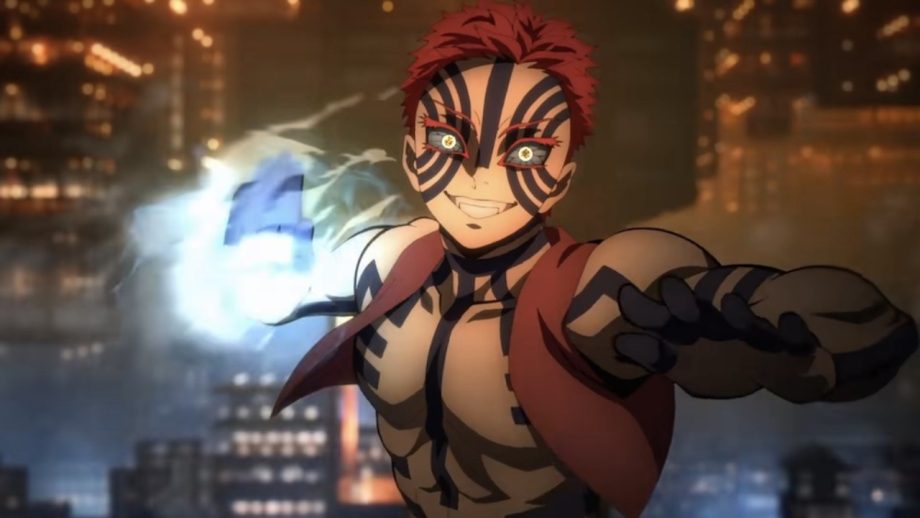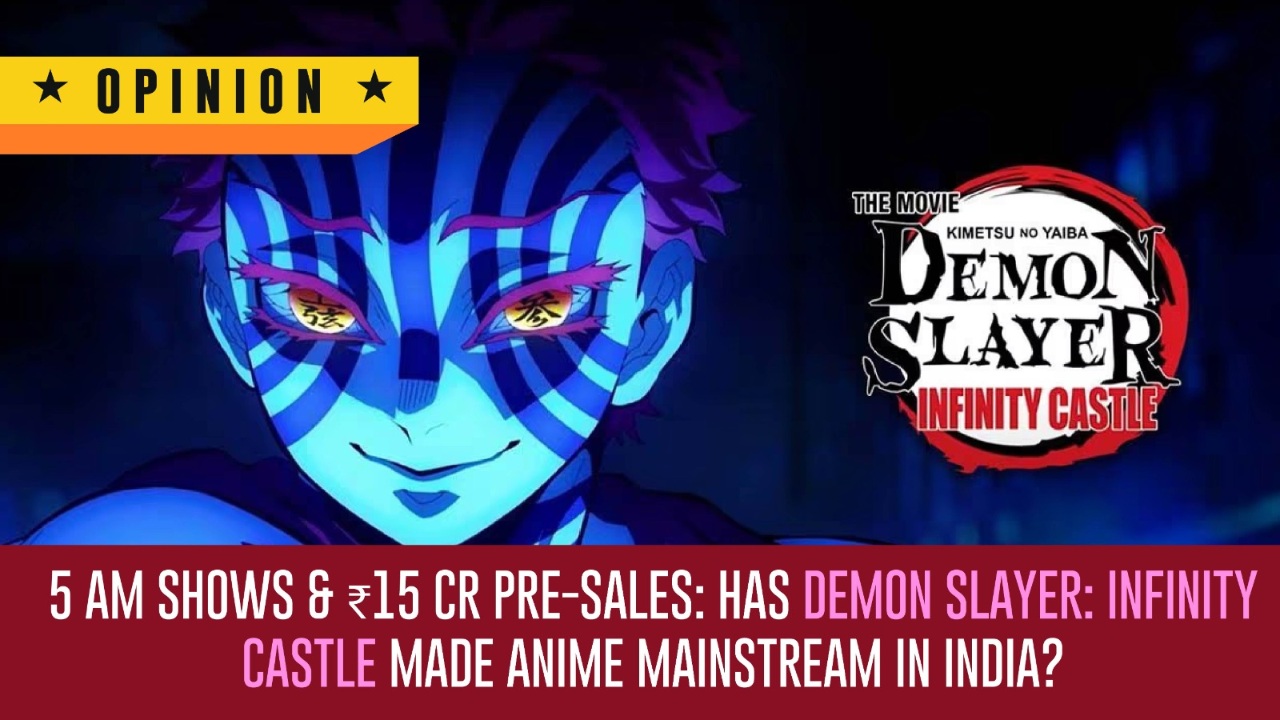You don’t wake up at 4:30 AM to watch a cartoon. Not unless that “cartoon” means something to you. Not unless it has become something larger, a marker of identity, belonging, or simply joy. On September 12th, across Indian cities, thousands of people, many of them young, but not all, did precisely that. They queued up in the dark for a 5 AM screening of Demon Slayer: Kimetsu no Yaiba – Infinity Castle. And with that, a quiet shift became impossible to ignore.
Anime, in India, has crossed over.
For decades, Japanese animation was sidelined as a niche interest, something tucked away between reruns on cable or bootlegged on fan forums. Those who loved it — and there were many — were made to feel like they were the only ones who loved it. That solitude is now gone. Infinity Castle didn’t just break ₹15 crore in pre-sales; it shattered the illusion that anime is too foreign, too stylised, too “other” for Indian audiences.

It’s easy to marvel at the numbers, but the more interesting story lies in the texture of the response: cheering fans in packed halls, cosplayers in suburban malls, and social feeds lit up with fan-made posters, reactions, and tributes.
There’s a tendency in the Indian film industry to measure legitimacy through the lens of box office muscle. By that metric, Demon Slayer has delivered. But its real impact is subtler and more long-term. It reflects a generational shift in how audiences engage with storytelling. Tanjiro — the boy at the centre of Demon Slayer — is not your typical hero. He is kind to a fault, devastatingly empathetic, and utterly human, even when locked in battle with demons. That kind of protagonist speaks to a different emotional register — one that younger Indian audiences, tired of the hyper-masculine, melodramatic clichés of local cinema, increasingly respond to.
And then there’s the craft. Anime, at its best, offers a visual language that is lyrical, detailed, and often breathtaking. Infinity Castle leans into that completely. It doesn’t pander. It demands attention — and rewards it richly.
So has anime “gone mainstream” in India? Perhaps not in the traditional, industry-approved sense. But with theatres selling out before sunrise, it’s safe to say this: anime no longer waits on the fringes. It’s here. And it’s drawing crowds before the sun even rises.

